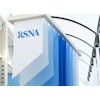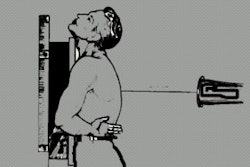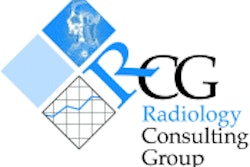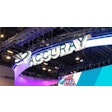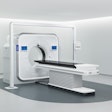CHICAGO - With a false-negative rate of less than 1%, needle-localized open breast biopsy (NLOBB) is a safe and accurate technique for the diagnosis of non-palpable breast lesions, according to Austrian radiologists.
At the RSNA conference on Tuesday, Dr. Christopher Riedl from the University of Vienna presented the results of a study that assessed the false-negative rate of stereotactic NLOBB.
"Despite the introduction of core needle breast biopsy and other minimally invasive techniques, NLOBB still has indications for carcinoma, high-risk lesions, and some benign lesions," he said.
Riedl’s group performed and reviewed 1,115 NLOBB procedures from January 1994 to December 1997 in 1,068 female patients. The procedures were performed with prone positioning using a Mammotest (Fischer Imaging, Denver) stereotactic unit. Wire localization was used in 60% of the cases; carbon dye was used in the remainder of the patients.
After breast biopsy, malignant results were found in 472, or 42.2%, of the cases. The remaining 643 cases (57.8%) with benign results were tracked over two years. Successful follow-up occurred with 87% of the patients. In 13% of those, no breast carcinoma was found on follow-up, Riedl said.
Out of the 1,115 cases, 10 lesions, or 0.9%, were missed with stereotactic NLOBB. Of these, six were benign and four were malignant, yielding a false-negative rate of 0.8%. All four malignant lesions were detected within 90 days, while the six benign lesions were discovered between four and 40 months later.
The malignancies missed on NLOBB were either microcalcifications and circumscribed or spiculated masses, Riedl said.
"We believe that NLOBB with stereotactic guidance is a very accurate technique for the diagnosis of non-palpable breast lesions," he said. "The results of NLOBB can help avoid therapeutic delays."
By Shalmali Pal
AuntMinnie.com staff writer
November 28, 2001
For the rest of our coverage of the 2001 RSNA meeting, go to our RADCast@RSNA 2001.
Copyright © 2001 AuntMinnie.com

